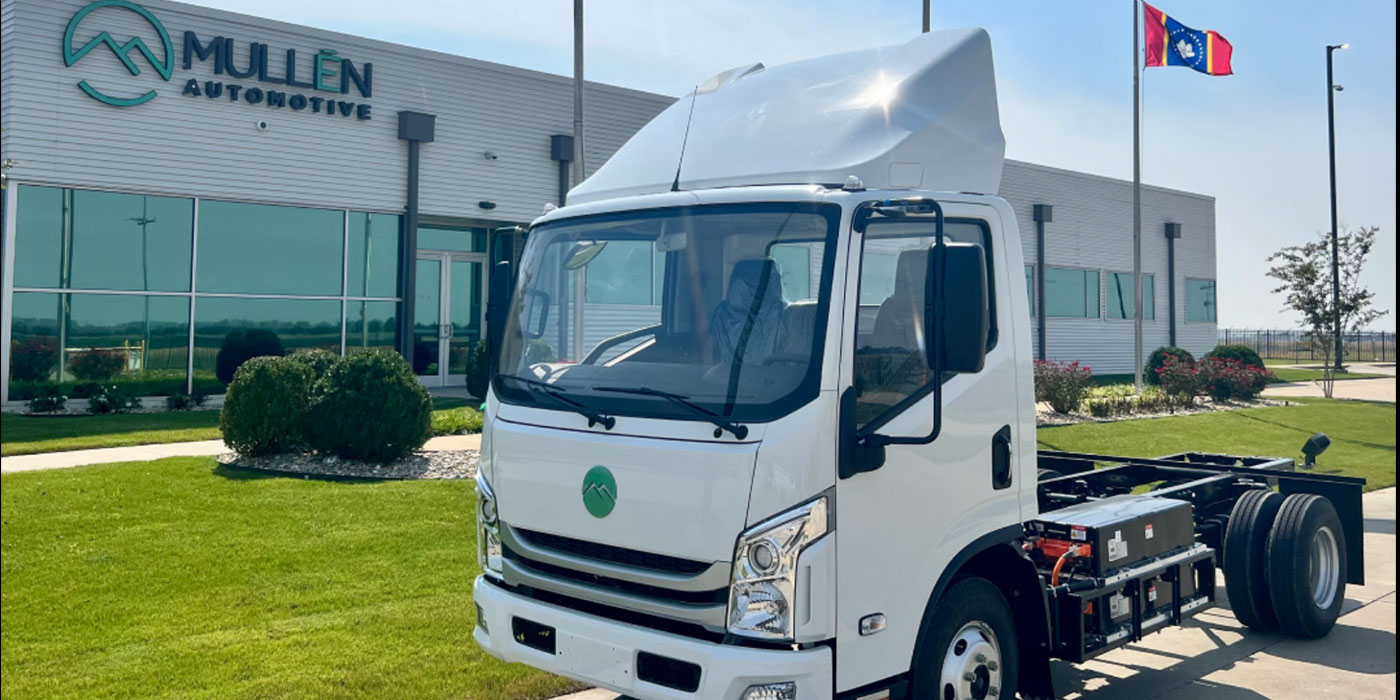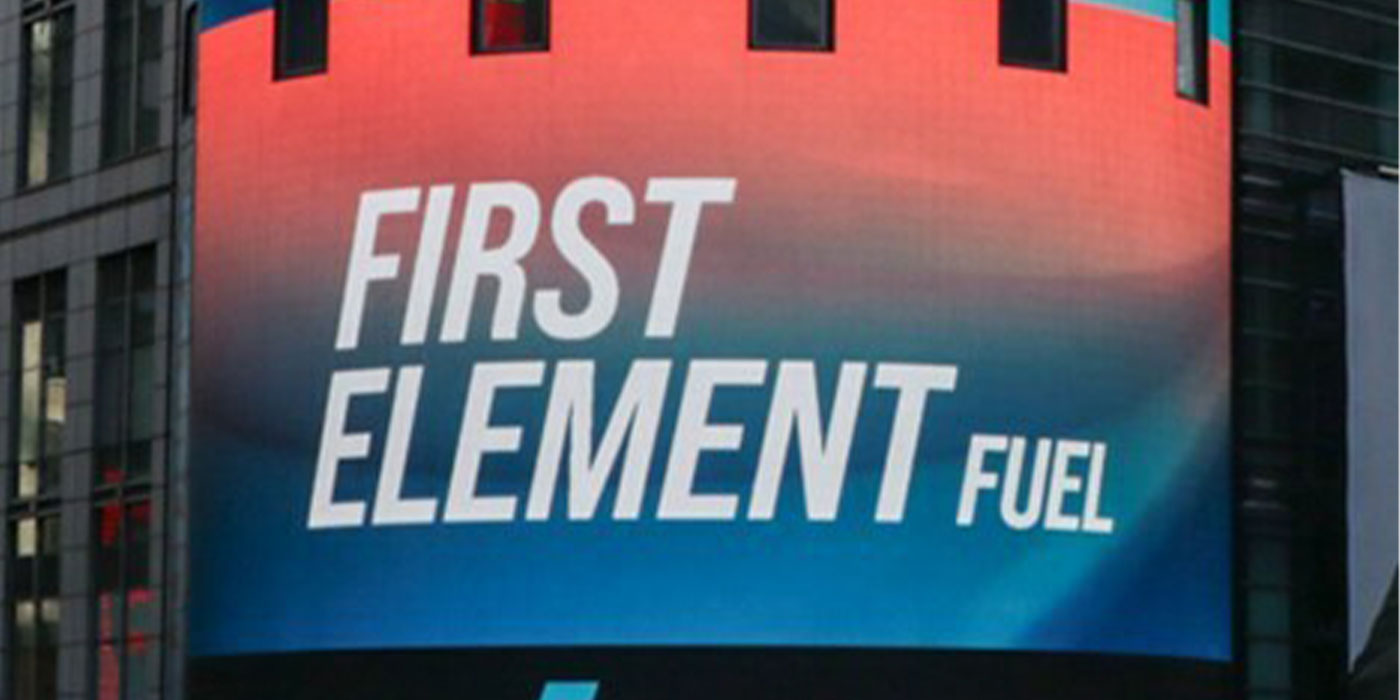CC:
According to a recent survey of shop owners, less than a third of shops work on EVs, due to concerns about battery packs, inverters or other daunting technology. The good news is, though, tomorrow’s electric and hybrid vehicles still offer substantial service opportunities under the car.
Just as with conventional internal combustion engine or ICE vehicles, EVs are subject to the same traffic conditions, potholes, curbs and corrosive environments that can accelerate wear and tear on steering and suspension components. But there are also several other factors with EVs that can make life harder for the suspension.
It is critical to use high-quality parts for electric vehicles for three reasons. First, an EV likely weighs more than its ICE equivalent. The electric motor can generate more torque instantly than a conventional gasoline or diesel engine. And without an internal combustion engine, there’s little to mask noise, such as creaks and knocks, coming from the suspension .
Though it may seem like the least dramatic point, noise is probably one of the top reasons people bring their vehicles into your shop. Engine and exhaust sounds can help to mask noise from the suspension, driveline and brakes. With an EV, suspension clunks are immediately noticeable.
Weight matters too. A Tesla Model X has a curb weight of more than 5,000 lbs., but can increase if the owner selects the extended-range battery and dual motor options. These options can make the Model X weigh more than a Ford F-250. Even beefier, the new Hummer EV weighs in at more than 9,000 lbs. This weight, combined with increased loading forces, can cause accelerated failure of some EV parts if not engineered to take real world conditions into account.
An electric motor can have more power than a gasoline engine. The torque from a 2023 Audi Q4 EV is almost equal to a Ford Mustang with the 5.0L V8. If that is not impressive enough, the Q4 doesn’t have to reach 3,000 rpm for peak torque. The torque delivery from the electric motor is almost instant.
Service conditions, weight and power can directly impact the longevity and performance of a suspension component. Taking a chance on an economy part or the original part from the dealer can often result in similar failure mode. Better options are available from the aftermarket – and leading aftermarket manufacturers take these factors into account when producing parts designed to surpass the original factory parts.
One example of these improvements can be seen in the Mevotech Supreme front upper control arms for the new Ford F-150 Lightning. Instead of using the original hollow stamped steel, the control arm body is a one-piece solid forging. This adds strength to the arm and reduces the stress on other parts such as the ball joint and bushings. These upgrades help address the above challenges which EV vehicles present.
For the Technician, in some cases, getting the specialty hardware required for EVs from the dealer can present a challenge. As an example, Tesla uses a special wedge washer on the Model S front lower control arms. This washer is used to prevent backing off of the nut and must be replaced when installing a new control arm. Another example is when performing a front lower rearward control arm service on the Model S, the battery pack interferes with removal of the frame bolt. In this case, to avoid dropping the battery pack, which is time-consuming and costly, the frame bolt may instead be cut.
Mevotech front lower control arms for Tesla Model S include a full replacement hardware kit, including washers and bolts, to make installation easier and faster for the Technician, while providing more value in a repair option.
Although some may consider Tesla as the premier EV, it’s important to point out that other manufacturers are also producing electric and hybrid electric models (HEVs). There are other types of engineered steering and suspension part improvements for these vehicles made by the aftermarket. This can include utilizing sintered metal bearings which hold up better under high heat and high loads, filling-in rubber bushing voids to better resist tearing and enhanced forging profiles which help improve assembly strength.
What do you need to work on EVs? The answer is not much. Like all ICE vehicles, you need the correct tools, parts and to follow the proper service procedures, including understanding how to lift the vehicle safely.
Most of all it takes confidence in your supplier’s components and your abilities to install them.
Thanks for watching.
This video is sponsored by The Group Training Academy.













